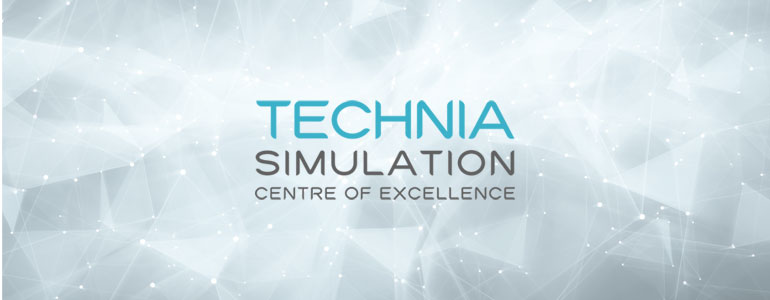
How to Drive Product Development with Simulation
“So gentlemen, I give you the Mark 74, and that is as far as these things will ever, and can ever, be developed.” It’s not something you often hear is it? Product development is an ongoing, almost never ending process; a journey rather than a one off event. Unless you were the British Motorcycle industry in the 1960’s and 70’s.
As simulation is an important part of the product design process, simulation is also a journey, not a destination. Arguably more so. Which is why I get slightly put out when I’m asked what the best value for friction is, or what the best material model is in a given situation. Because simulation is a major part of the process which drives the understanding of these things, and provides a mechanism by which you can say how reliably these numbers are known and the underlying phenomena understood. Essentially there isn’t an answer, there’s a process. (And for the record that process is intimately concerned with model validation.)
There is a lot of talk about methods development, especially here at SSA. And to some extent we could call this “simulation process development”. Whatever else it is, it is the activity concerned with creating simulation methodologies and obtaining reliable data to support design decisions in a given, generally restricted, part of the design space. It musn’t be forgotten that methods development is a dynamic process. Once methods and procedures have been synthesised, formalised, rolled out and, critically, exploited, the process moves forward. Whether it’s a move to towards more accurate simulations, the drive for higher levels of product performance, or a change of material, methods development is an ongoing process.
It’s what the specialist simulation engineers should do when the designers are using the templated simulation tools that have been developed to broaden the application of simulation as a critical design process. (And looking back – methods used by specialist engineers are now routinely used by designers – it wasn’t too long ago that any model with contact in it was something of a hi tech rarity – so this process has been ongoing for years, we just haven’t noticed it, or critically, formalised it.)
There are a number of techniques which can be used to record and formalise simulation methods. Scripts in Abaqus CAE can be used to generate models, and prescribe input data and parameters. These alone can yield huge increases in productivity, but taking this approach further in a fully data managed CAE environment, like the 3DEXPERIENCE® platform, the use of templates yields further IP exploitation and efficiency savings. In the right environment not only are established procedures recorded, but the same tools offer the scope to embark on the rolling process development programs needed to drive product innovation.
If we don’t take these things seriously product development slows and even stops. And we know what happens then. Ask the people at BSA.
Postscript – After writing this blog I was reading the Parr/Brawn book on F1 management…..
“It’s the same with innovation. You have got to create the right environment, right people, right resources, give them the vision. Manage it as it goes along, do regular reviews. But it’s a process.” Ross Brawn 2016


